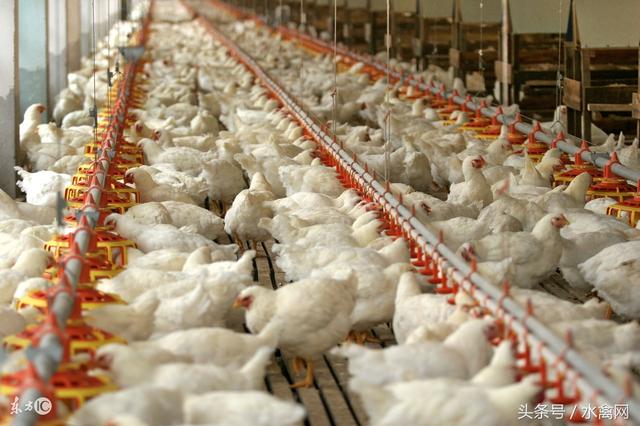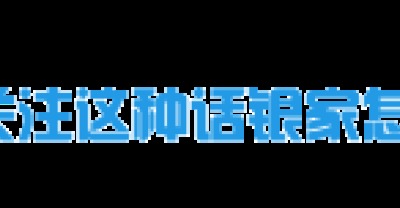Summary of the differences in poultry farming in 18 north and south regions, collect decisively!

In order to better understand the differences between southern and northern poultry farming in China, avoid disorderly and blind market competition, and find the value of service personnel, the following is a brief summary of the differences between southern and northern poultry farming:
1. Climate difference
North: dry, with lower temperatures and less rainfall in winter and spring
South: high temperature, high humidity, more rainfall.
2. Culture mode
In the north, there is a high degree of intensification, mainly cage and net farming, with a high degree of mechanization and automation.
In the south, the degree of intensification is low, and the degree of mechanization and automation is low.

3. Ventilation prescription for poultry house
North: negative pressure ventilation (mechanical ventilation)
South: positive pressure ventilation (natural ventilation).
4. The structure of poultry house
In the north: full closure is the main way, pay attention to heat preservation, culture in medium and low shed
South: semi-open and open mainly, pay attention to ventilation and cooling, high shed breeding.
5. Culture scale (quantity)
In the north: more than 20,000
In the south: 2000 to 20000 is the majority.
6. Cage culture difference
In the north, there are mainly three floors and most of them are H-shaped cages.
South: 4-5 floors, all kinds of cages, measures to local conditions, maximize space and cost savings.
7. Farming technology of farmers.
North: too high, pay attention to feeding and management
South: very low, few biosafety measures, poor feeding management.
8. Feed sales method
In the north, most of them are direct selling and cooperative models, and most of the feed is full-price compound feed.
In the south: mainly dealers, feed is mostly concentrated and premixed, farmers process and mix more.
9. Number of technical service experts
North: almost every company is equipped with 1 to 4 service experts
South: one at most.
10. Animal protection monitoring
In the north, water quality monitoring, drug sensitivity test, antibody detection and disinfection efficacy evaluation are widely used, and the detection frequency and density are very high.
South: rarely used, the most detection of antibody content, detection frequency and density are very low.
11. Broiler breeds
North: White feather broilers are mainly fast-growing broilers.
In the south: yellow-feathered broiler, green-footed broiler, black chicken and other slow-growing broiler breeds are in the majority.
12. Consumption pattern
North: pay more attention to meat production and food safety
South: pay more attention to the source of chicken, chicken color, taste and food safety.
13. Profit status
In the north, the market fluctuates greatly and losses are in the majority.
South: it is generally profitable, and the cost control of farmers is very strict.
14. Feeding cycle and feed ratio of broilers
In the north: most broilers come out in 35 to 42 days, with a feed ratio of 1.46 to 1.65.
In the south: most of the broilers came out of the fence in 60 to 100 days, with a feed ratio of 2.7 to 3.0.
15. Disinfection and waterline management
North: frequent disinfection, high frequency of waterline disinfection and cleaning, and fine management of waterline.
South: the frequency of disinfection is very little, the waterline is almost unsterilized, and the waterline is poorly managed.
16. Feed quality control
North: pay great attention to powder management and moldy feed control
In the south: due to the self-made feed by farmers, the phenomenon of crushing too fine and living too coarse is serious, and the phenomenon of feed caking and mildew is prominent.
17. Evaluation of seed and seedling quality
North: farmers have a certain understanding of the quality of seedlings
South: farmers are not strict in controlling the quality and evenness of seedlings, and their understanding is not enough.
18. Data recording and financial analysis
North: farmers gradually increase their awareness of data recording daily farming status, have a certain understanding of European benefit index and financial analysis, and data management software is widely used.
South: farmers hardly record the daily farming situation, have no in-depth understanding of the European benefit index and financial analysis, and the farming benefit accounting is extensive and simple.
- Prev

The origin of the name of Longtuzhu flower and the introduction of its culture method
[introduction] Longtuzhu flower is a very auspicious flower, from its name we can see that the temperament of this kind of flower is very magnificent. Actually.
- Next

How to raise Golden finger, breeding methods and maintenance points of Golden finger
Golden finger belongs to the cactus family, also known as golden handball, golden tube ball. Because it is easy to breed and does not sting, it is loved by everyone and is often used to combine potted plants.
Related
- On the eggshell is a badge full of pride. British Poultry Egg Market and Consumer observation
- British study: 72% of Britons are willing to buy native eggs raised by insects
- Guidelines for friendly egg production revised the increase of space in chicken sheds can not be forced to change feathers and lay eggs.
- Risk of delay in customs clearance Australia suspends lobster exports to China
- Pig semen-the Vector of virus Transmission (4)
- Pig semen-the Vector of virus Transmission (3)
- Five common causes of difficult control of classical swine fever in clinic and their countermeasures
- Foot-and-mouth disease is the most effective way to prevent it!
- PED is the number one killer of piglets and has to be guarded against in autumn and winter.
- What is "yellow fat pig"? Have you ever heard the pig collector talk about "yellow fat pig"?

